In a world filled with screens and distractions, the act of sitting down with a good book and reading to our children may seem like a simple pleasure of the past. However, the timeless tradition of storytelling holds a remarkable power that continues to shape the lives of children in profound ways.
In this blog post, we explore the importance of parents reading stories to their children and how this cherished practice nurtures their development and sets the stage for a lifetime of learning and imagination.
Reading aloud to children has long been regarded as a fundamental activity that fosters strong bonds and cultivates a love for literature. Beyond its enjoyable nature, this practice is vital for several reasons.
First and foremost, stories have an incredible ability to transport young minds to magical worlds, spark their imagination, and ignite their curiosity. As parents, we have the unique opportunity to expose our children to a diverse range of characters, places, and ideas through the pages of a book.
In a world where technology dominates many aspects of our lives, the importance of carving out time for storytelling becomes even more evident. It offers a respite from the constant barrage of digital stimuli and encourages children to engage with their imagination, building a foundation for creative thinking and problem-solving.
Furthermore, the act of reading stories aloud serves as a powerful role model for children, demonstrating the value of books, knowledge, and human connection in an increasingly fast-paced and disconnected world.

As parents, it is our responsibility to nurture the minds and hearts of our children. By embracing the tradition of storytelling and incorporating it into our daily routines, we unlock a world of possibilities for their growth, development, and happiness.
In the upcoming sections, we will delve deeper into the myriad benefits of reading to children and explore practical tips to make this experience enjoyable and rewarding for both parents and their little ones.
So, let us embark on this journey together and discover the transformative power of storytelling in the lives of our children.
Table of contents
Benefits of Reading Stories to Kids
The simple act of reading stories to children often takes a back seat in an age of digital distractions and fast-paced lifestyles. However, the advantages of this time-honored ritual cannot be emphasized. Short stories for kids are a delightful way to spark their imagination and cultivate a love for reading from an early age
Reading stories to children has the extraordinary capacity to influence their language abilities, inspire their creativity and imagination, and develop a greater relationship between parent and kid. Let us go into the numerous wonderful benefits of this cherished practice.

Improving Language Skills
One of the most important advantages of reading stories to children is that it improves their linguistic skills. Children learn new vocabulary, sentence structures, and expressions as their parents or carers tell them stories.
Exposure to a diverse vocabulary in context improves understanding and lays the groundwork for future language development. Children learn new words and phrases through frequent exposure, so growing their vocabulary reservoirs. Language improvement becomes a joyful journey with speech therapy for kids, as they develop the skills needed to express themselves clearly.
Furthermore, through listening to stories, children are introduced to the natural flow and rhythm of language. This exposure helps kids understand the subtleties of tone, pronunciation, and conversational patterns, which leads to improved communication skills.
Story reading on a regular basis has been related to greater reading comprehension, stronger writing abilities, and general literacy.
Promoting Creativity and Imagination
Stories open the door to limitless worlds of imagination. When children listen to stories, they travel on exciting adventures and meet characters, places, and events that are not present in their immediate reality. Parents use bedtime stories for kids to create lasting memories, fostering a special bond through the magic of storytelling.
This imaginary trip aids in the development of their creativity, critical thinking, and problem-solving abilities. Children learn to think outside the box and explore different views as their imaginations are stirred by vivid descriptions and compelling storylines.
Stories also help children develop emotional intelligence by exposing them to a variety of emotions and circumstances. They can empathize and understand characters who are experiencing joy, despair, fear, or bravery.
Children learn to communicate their emotions more effectively and develop a greater sense of self-awareness through engaging with stories.
Strengthening the Parent-Child Bond
Parents or other adults who care for children have a magical opportunity to connect with them on a deep level through storytelling. When parents read to their children, they make a distraction-free, caring, and safe atmosphere for them.
Togetherness is forged via the simple act of conversing, listening, and sharing tales. Children develop a foundation of trust and open communication when they feel valued, loved, and heard. Parents practicing attachment parenting create a safe haven for their kids, promoting healthy emotional development and a positive self-image.
Additionally, storytime promotes engagement and conversation. Children ask questions, voice their thoughts, and share their interpretations as they grow involved in the story. These exchanges encourage conversation and foster amusing, inquisitive, and awe-inspiring moments.
The shared experiences that arise from storytelling improve the bond between parents and children, developing a sense of community and creating lifelong memories.

Types of Stories for Kids
Imagination knows no bounds when it comes to children. Stories have always played a significant role in nurturing their creativity, expanding their horizons, and imparting valuable life lessons.
From the enchanting realms of fairy tales to the thrilling adventures and insightful wisdom found in fables, the world of children’s literature offers a treasure trove of diverse narratives. Parents often introduce scary stories for kids as a way to help them confront their fears in a controlled and imaginative setting.
In this blog post, we will take a closer look at three popular types of stories that are appropriate and captivating for young minds: fairy tales, adventure stories, and fables. also, learn programs for kids.
Fairy Tales
Fairy tales have long been cherished as a timeless genre of children’s literature. These magical stories often involve elements of fantasy, folklore, and enchantment. Fairy tales transport young readers to extraordinary worlds inhabited by brave princesses, gallant princes, talking animals, and mystical creatures.
These narratives captivate children’s imaginations and allow them to explore themes of good versus evil, courage, friendship, and the triumph of the underdog. Classic examples of fairy tales include “Cinderella,” “Snow White and the Seven Dwarfs,” and “The Little Mermaid.”
Adventure Stories
Adventure stories are a gateway to excitement and thrills for children. These tales whisk readers away on exhilarating journeys, where they can join daring protagonists in solving mysteries, uncovering hidden treasures, and facing formidable challenges. Adventure stories for kids encourage a sense of independence and curiosity, teaching them to embrace the unknown with courage and determination.
Adventure stories ignite a sense of curiosity and bravery in young minds, inspiring them to explore the unknown and overcome obstacles. From the timeless adventures of “Treasure Island” to the enchanting world of “Harry Potter,” this genre instills a love for reading while teaching resilience, teamwork, and problem-solving skills.
Fables
Fables have been captivating young and old alike for centuries with their simple yet profound narratives. These short tales often feature animals as main characters who possess human-like qualities, offering valuable moral lessons.
The animals in fables are personified, allowing children to connect with the characters and understand the underlying messages easily. Fables teach essential virtues such as honesty, kindness, perseverance, and the consequences of one’s actions.
Famous fables include “The Tortoise and the Hare,” “The Lion and the Mouse,” and “The Ant and the Grasshopper.”
How to Choose the Right Story
As a parent, you understand the importance of cultivating a love for reading in your child. Books have the power to ignite their imagination, foster empathy, and develop critical thinking skills. Choosing a story with relatable characters and situations can spark discussions and activities for kids that enhance their understanding of the story’s themes.
However, with countless options available, selecting the right story for your child can be a daunting task. To help you navigate through this sea of choices, we’ve compiled some valuable tips and advice to assist you in choosing the perfect story for your child based on their age, interests, and reading level.

Consider their Age and Developmental Stage
Every child goes through different stages of development, and it’s crucial to choose books that align with their age and comprehension abilities. Consider the following guidelines:
Infants and Toddlers (0-2 years): Opt for board books with simple, colorful illustrations and textures to engage their senses. Also, Applying these parenting tips for toddlers when selecting stories offers a comprehensive approach that ensures a positive and enriching reading experience
Preschoolers (3-5 years): Look for picture books with captivating illustrations, rhymes, and repetitive language to enhance their vocabulary and phonemic awareness.
Early Readers (6-8 years): Select easy-to-read chapter books with larger font sizes and shorter chapters to build their confidence in reading independently.
Middle Grade (9-12 years): Introduce longer chapter books with complex characters and engaging plots that can encourage their imagination and critical thinking skills.
Assess their Interests and Passions
To keep your child engaged and excited about reading, it’s essential to cater to their individual interests. Consider their hobbies, favorite subjects, or characters they admire.
Look for books that align with these interests, whether it’s dinosaurs, sports, animals, fantasy, or historical events. Engaging their passion will make the reading experience more enjoyable and increase their motivation to explore new books. Exploring a variety of parenting books provides valuable insights and strategies to navigate the challenges and joys of raising children.
Evaluate their Reading Level
Assessing your child’s reading level can help you select books that are appropriate for their abilities. Pay attention to their fluency, vocabulary, and comprehension skills. Many publishers use leveling systems, such as Lexile or Fountas & Pinnell, to indicate the reading difficulty of a book.
Your child’s teacher or a librarian can help determine their reading level and recommend books within that range. It’s important to strike a balance between books that challenge them and those that provide a comfortable reading experience to foster growth.
Leverage Reviews and Recommendations
In the age of the internet, there are numerous resources available to assist parents in selecting appropriate books for their children. Websites, book blogs, and online communities dedicated to children’s literature offer valuable insights and recommendations.
Additionally, consult with librarians, teachers, and fellow parents who can provide personalized suggestions based on their experiences. These resources can save you time and provide you with a wealth of information about the suitability and quality of books.
Visit Libraries and Bookstores
Take your child to local libraries and bookstores to explore a wide range of books. Allow them to browse the shelves, flip through pages, and make choices based on their interests.
Encourage them to explore different genres, authors, and illustrators, fostering a sense of curiosity and discovery. Libraries often organize storytelling sessions or reading programs for different age groups, which can further engage your child and introduce them to new books and authors. Exploring the pages of epic books for kids sparks curiosity and ignites the imagination, fostering a lifelong love for reading.
Popular Stories for Kids
Stories have always been an essential part of childhood. They spark imagination, teach valuable life lessons, and create lasting memories. While there are countless wonderful stories for children, certain classics have stood the test of time.
These beloved tales continue to captivate young minds generation after generation. In this blog post, we present a list of popular and timeless stories for kids that have become an integral part of our literary heritage.
“The Three Little Pigs”
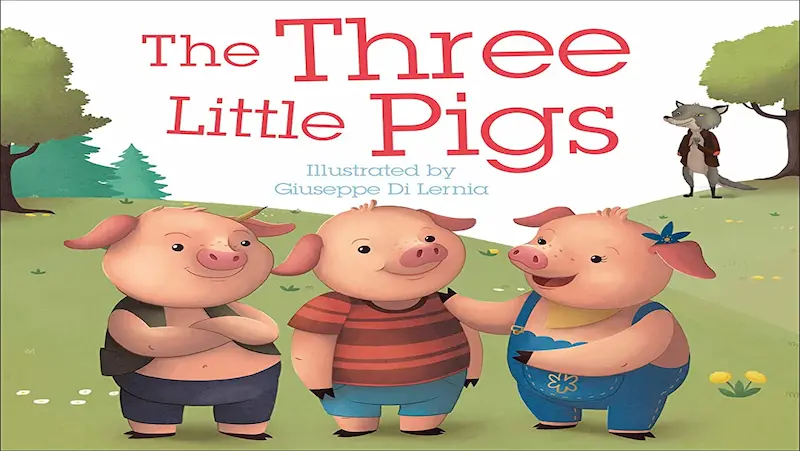
“The Three Little Pigs” is a charming folktale that teaches children the importance of hard work, perseverance, and making wise choices. The story revolves around three little pigs who build houses of different materials to protect themselves from the Big Bad Wolf.
This classic tale reminds children that taking shortcuts can have consequences and emphasizes the value of determination and resilience.
“Cinderella”

“Cinderella” is a beloved fairy tale that has been adapted into numerous books and films. The story follows the journey of a kind-hearted girl named Cinderella, who overcomes adversity with the help of her fairy godmother.
It teaches children the significance of kindness, inner beauty, and believing in oneself, despite facing hardships. Cinderella’s timeless tale continues to inspire young readers to dream big and have faith in their dreams.
“The Cat in the Hat”
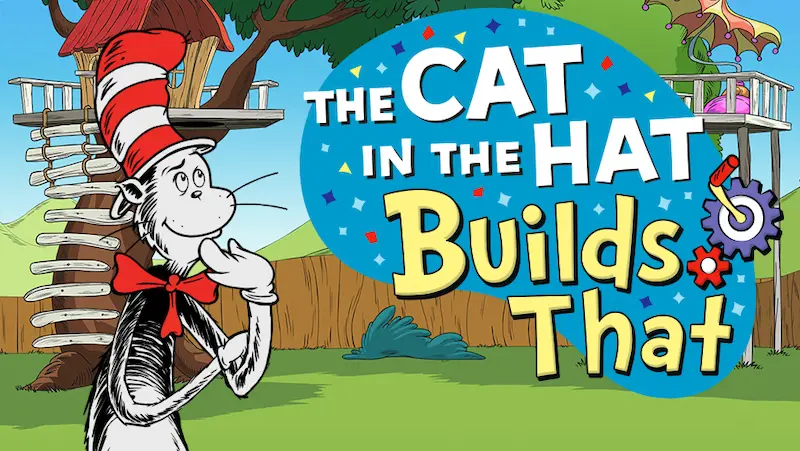
“The Cat in the Hat” is a delightful story written by Dr. Seuss. This whimsical tale follows the mischievous Cat in the Hat, who brings chaos and fun to the lives of two bored children on a rainy day.
With its rhyming text and vibrant illustrations, the book not only entertains but also encourages imagination and creativity. It has become a staple in children’s literature and is cherished for its playful language and memorable characters.
“The Little Prince”
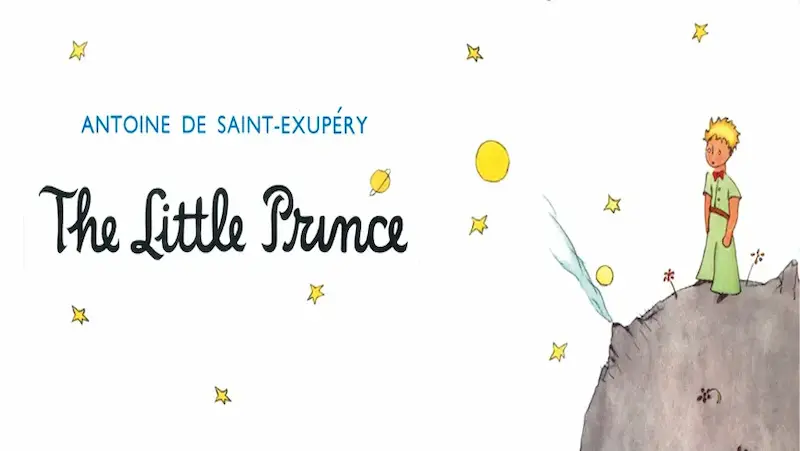
“The Little Prince” is a poignant and philosophical tale by Antoine de Saint-Exupéry. Although originally written for adults, it has captured the hearts of children and adults alike. The story revolves around a young prince who travels from planet to planet, encountering various characters and reflecting on life’s profound truths.
It imparts valuable lessons on friendship, love, and the importance of seeing beyond appearances. The Little Prince’s timeless message of cherishing innocence and imagination resonates with readers of all ages.
“Alice’s Adventures in Wonderland”
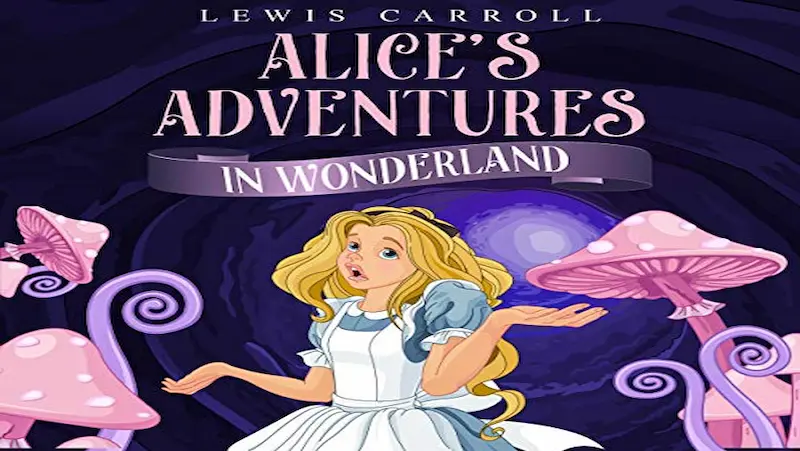
“Alice’s Adventures in Wonderland” by Lewis Carroll takes young readers on a whimsical journey into a surreal and nonsensical world. The story follows Alice as she encounters peculiar characters like the White Rabbit, the Cheshire Cat, and the Mad Hatter.
It challenges children’s perception of reality and encourages imagination and curiosity. This enchanting tale sparks creativity and teaches children the value of embracing the unexpected.
“Peter Pan”

Embark on a swashbuckling adventure with Peter Pan, the boy who never grows up, and his loyal companion Tinker Bell. This timeless tale takes children to the magical world of Neverland, where they can fly, meet fairies, and battle pirates.
With its themes of imagination, freedom, and the importance of cherishing childhood, “Peter Pan” encourages children to embrace their sense of wonder and never lose their belief in magic.
“The Jungle Book”
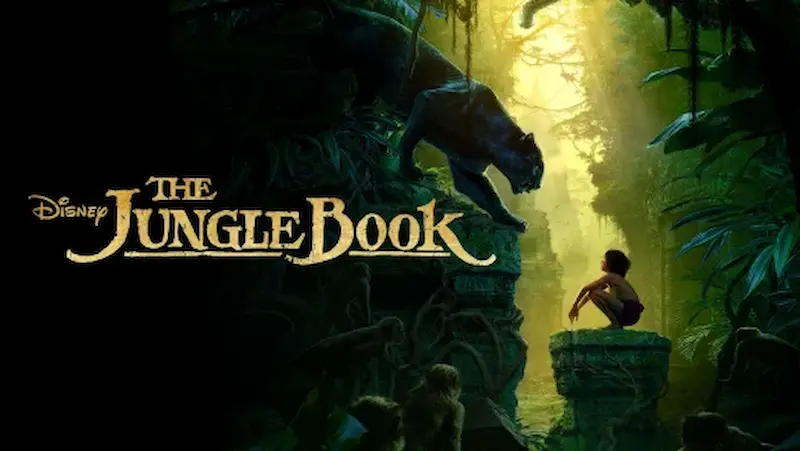
Enters the enchanting world of Mowgli, the young boy raised by wolves, as he navigates the jungle and learns valuable lessons from the animal kingdom. With its captivating storytelling and memorable characters like Baloo the Bear and Bagheera the Panther,
“The Jungle Book” teaches children about the importance of respecting nature, embracing diversity, and finding one’s place in the world.
Conclusion
In conclusion, it is evident that reading stories to children is a profoundly beneficial practice that should be embraced by parents everywhere. By summarizing the key points discussed, we can appreciate the immense value of this simple yet transformative activity.
First and foremost, reading stories to children promotes cognitive development. It enhances their vocabulary, language skills, and comprehension abilities. Through exposure to diverse characters, settings, and plots, children’s imaginations are ignited, fostering creativity and critical thinking. From magical kingdoms to outer space quests, personalized books for kids create tales where they are the heroes, fueling their imagination.
Reading stories also cultivates a lifelong love for reading and learning. It instills a passion for books, nurtures curiosity, and encourages independent reading habits. As children grow older, this foundation will serve them well academically, intellectually, and emotionally.
In light of these compelling benefits, it is crucial for parents to start reading stories to their children today. It doesn’t require elaborate resources or excessive time commitments; all that’s needed is a book and some quality moments shared together.
By incorporating storytime into their daily routines, parents can unlock a world of possibilities for their children. So, parents, let us embrace the power of storytelling and make it a cherished part of our children’s lives. Let us embark on captivating adventures, spark their imaginations, and provide them with the tools to thrive in a rapidly changing world.
Start reading stories to your children today, and witness the profound impact they will have on their present and future. Together, let us create a generation of lifelong readers and learners.
To get your hands on more such educational and free resources on coding, robotics, game development, storytelling, etc., do check out the BrightCHAMPS Blog Page now! Learn about coding for kids also.
Unlock a world of possibilities for your child by joining the BrightChamps family. With an array of cutting-edge courses in robotics, financial education, and coding, we’re not just teaching subjects – we’re nurturing young innovators.
Frequently Asked Questions
A1: Stories are important for kids because they foster imagination, promote language development, teach valuable life lessons, and help children understand complex emotions and situations.
A2: Different types of stories are suitable for kids of different ages. Younger children benefit from simple, engaging stories with vivid illustrations, while older children can enjoy more complex narratives that challenge their comprehension and critical thinking skills.
A3: Parents should aim to read stories to their kids regularly. Ideally, reading aloud to children should be a daily activity, providing opportunities for bonding, language acquisition, and fostering a love for books.
A4: Yes, reading stories to kids before bedtime has several benefits. It promotes relaxation, creates a soothing routine, enhances parent-child bonding, and helps children develop good sleeping habits.
A5: Yes, storytelling can significantly improve a child’s language and communication skills. Listening to stories enhances vocabulary, comprehension, and storytelling abilities, while also stimulating creativity and imagination.


 We are an army of educators and passionate learners from BrightChamps family, committed to providing free learning resources to kids, parents & students.
We are an army of educators and passionate learners from BrightChamps family, committed to providing free learning resources to kids, parents & students.








